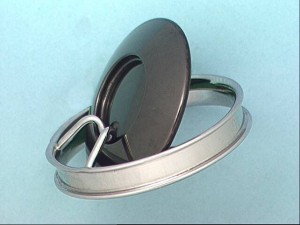Engineers have been using models since the beginning of time. Computational simulations provide a better way for engineers to model.
Computational simulation provides excellent value throughout the product development lifecycle. This engineering tool has significantly improved product quality, and lowered development cost and time-to-market for companies. In addition, engineers have used simulation to create highly innovative products and generate revenue growth for their businesses.
Simulation benefits many industries, and the medical device industry has gained more than most from using simulation. Medical device companies have relied heavily on traditional build-and-test methods for their product development. These methods include in vitro and in vivo testing, and these tests are often extremely expensive. In vivo testing introduces complexities that many other industries do not experience. Due to the higher than typical costs associated with physical testing of prototypes, the medical device industry continues to expand use of in silico testing through computational simulation.
Designers and engineers have benefited from using simulation at each phase of product lifecycle. From the discovery phase and regulatory decision making, to product launch and monitoring, simulation has demonstrated value to companies that have implemented it.
In the discovery phase, simulation is becoming an enabling technology for product innovation. By using simulation, engineers can conduct hundreds of in silico tests on design permutations. Companies that have used simulation in this way, have been able to evaluate high-risk / high potential ideas that would not have been investigated through in vitro testing. Companies that have taken this approach have grown their top-line revenue through improved new product designs.
Simulation also provides value for medical devices in the field by providing insight and understanding into problems that arise during use. In these cases, simulation can guide remedial action for the existing device design. For example, the safety of medical devices during magnetic resonance imaging (MRI) has been demonstrated through simulation. The electromagnetic fields associated with an MRI may be focused by a metal implant. This focused energy produces tissue heating that may be enough to damage surrounding tissue. Simulations calculate the temperature rise in the tissue to determine the safety of a specific implant within the MRI electromagnetic field. Demonstrating safety during MRI testing enables patients to experience the diagnostic benefits of an MRI.
Computational simulation has reduced development cost and time for medical device companies that have used it during their product development. The use of simulation in medical device design continues to grow and is supported by the FDA. Where does simulation fit into your company’s research and development?


